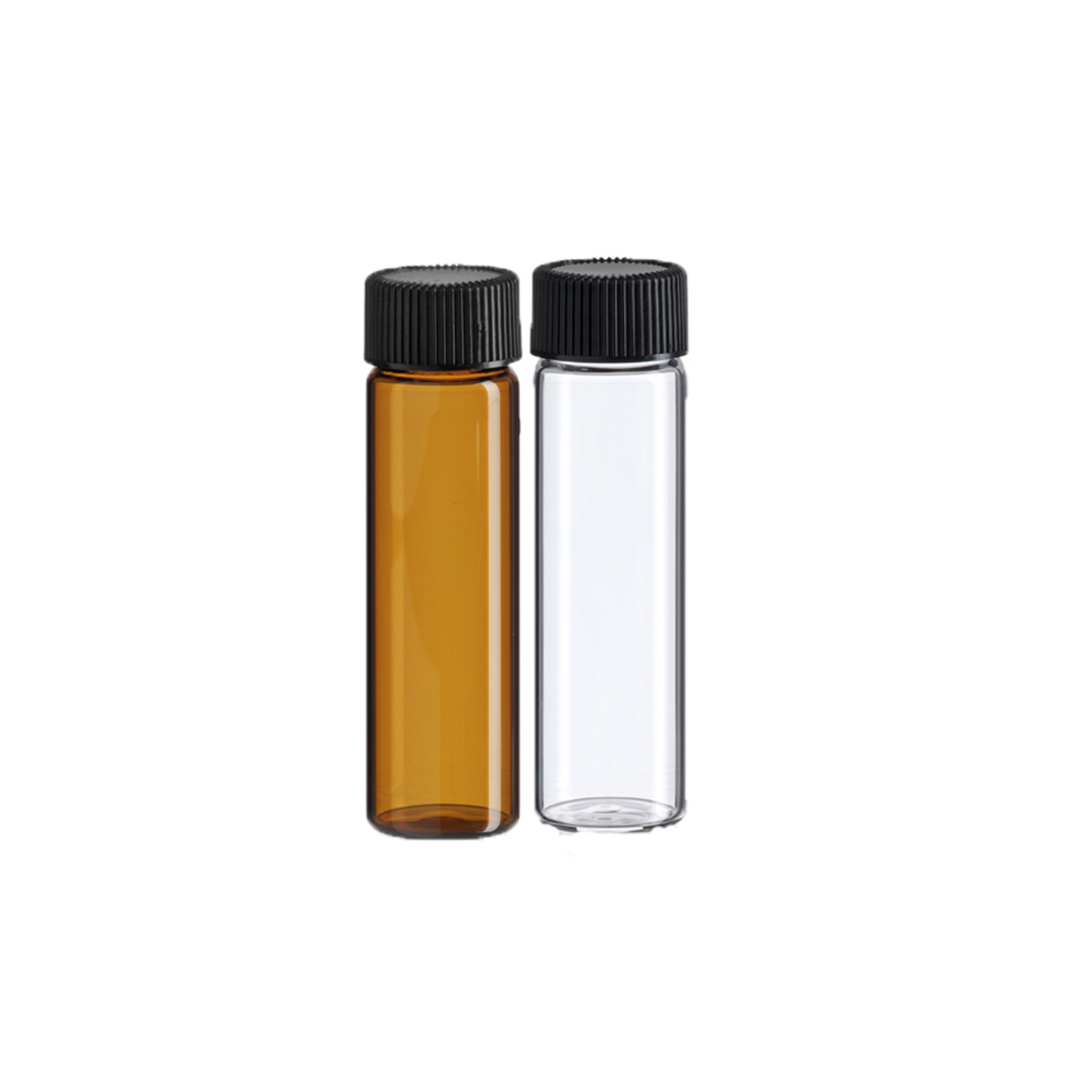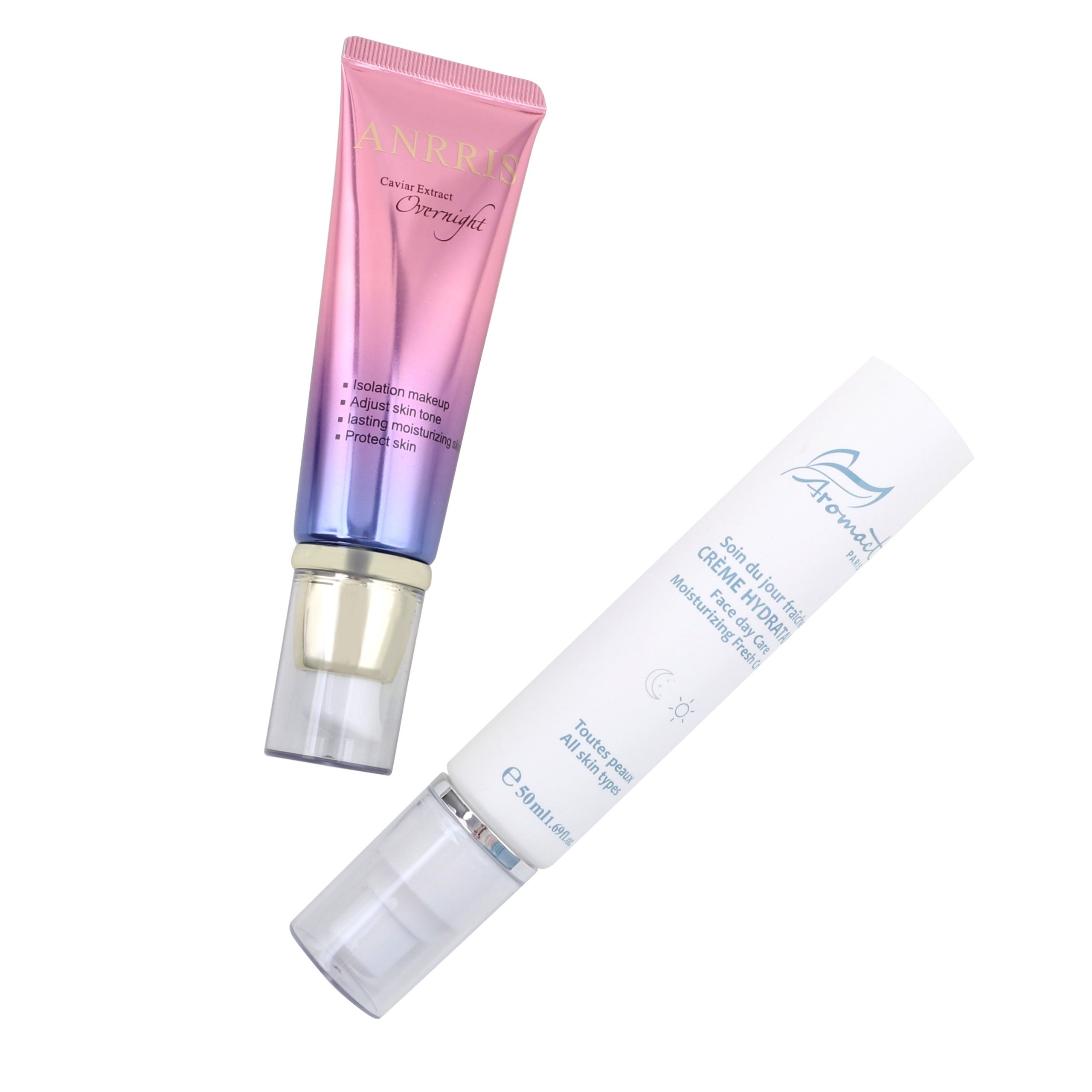In Australia, there is some legal standardization for recyclable cosmetic packaging Australia which promotes the use of recyclable materials in cosmetics packages; these regulatory standards encourage using biodegradable containers and permeable membranes as well as unique processes for product leakage management. Some states such as New South Wales have banned non-recyclable plastic bags that contain traces of talcum powder from 2009 onwards. Â In addition, some legislative measures were recently introduced to regulate labeling requirements on key Recyclable cosmetic packaging Australia ingredients such as preservatives, which will allow consumers to make informed choices about what they buy for Recyclable cosmetic packaging Australia.
What is recyclable cosmetic packaging and why does it matter?
Recyclable cosmetic packaging Australia is small, lightweight, and sized for recycling. It can also be referred to as degradable or compostable packaging; however, in the context of this article, it refers to packaging with high recycled content (greater than 60%) that can be reused or returned to nature through composting via a very simple process called mechanical biological treatment (MBT) into bio-fertilizer and biomass fuel.
It’s no secret that the cosmetics industry is enormous – worth over $50 billion annually worldwide – but surprisingly is dependent on oil for its ingredients and production processes that, when combined with inefficient waste disposal practices, has resulted in a steady rise in plastic pollution in Recyclable cosmetic packaging Australia.
Check out this Global Cosmetic Industry infographic featuring:
A quick look at the cost of waste disposal for consumer goods How Australia’s cosmetic industry compares around the globe The top 20 cosmetic brands in Australia and their environmental impact And much more!
What is causing the issue?
Both Australian and international beauty company materials are shipped to markets via air freight meaning that even then, every part of this process generates waste; from production of raw ingredients such as plastic, packaging, tubes, and pumps through to transport by sea or air freight (depending on the source), to destruction of packaging, and finally to disposal. This is not only a poor use of petroleum but also creates unnecessary pollution in Recyclable cosmetic packaging in Australia.
There are over 80,000 tonnes of cosmetics produced annually in Australia; however, the large majority ends up in landfill or escapes into the environment due to inadequate disposal practices – mostly because Australian’s don’t currently have easy access to recycling facilities for many waste types that contain cosmetic remnants, such as plastics. The situation is even worse internationally where there are no laws dictating the safe disposal requirements for consumer goods let alone those containing hazardous materials (e.g. pharmaceuticals). In fact, some developing countries have seen an increase in diseases among communities consuming polluted water from rivers full of micro-plastics (Microsc pieces of plastic smaller than 5mm).

The benefits of recyclable cosmetic packaging Australia
Recycled content in cosmetics packaging means that it is no longer necessary to use virgin materials and can instead be made from previously used or post-consumer waste material – great for reducing global dependence on fossil fuels and toxic petrochemicals, as well as decreasing the amount of waste sent to landfills each year.
Recycling cosmetic packaging has become a standard feature of good corporate social and environmental performance. Not only are companies with products in recycled packaging more popular with consumers but they also receive substantial support from government agencies who look for reasons to give preference to those companies that recycle their waste. A recent survey showed that out of them, 84% of consumers were willing to pay extra for products that were in a recyclable container or package. In addition, surveys have proved beyond doubt that individuals will try new products from small firms if the latter’s green credentials sound credible…
While most people would consider recycling as a means of keeping our environment healthy, there are many other benefits too: it saves energy and reduces greenhouse gas emissions as well as saving raw materials. There are financial benefits too. Recycling can bring cost savings for companies that have to dispose of their waste, in many countries recycling is tax-deductible (note: this can be very important in Australia due to the current tax changes). Recycling also presents an opportunity for firms to make extra money from the sale of recyclables…
In addition, recycling has become a standard feature of good corporate social and environmental performance. For starters recycling cosmetic packaging makes it possible for companies to avoid paying landfill taxes, which in the US alone costs about $25 billion annually. Not only are companies with products in recycled packaging more popular with consumers but they also receive substantial support from government agencies who look to aid those companies that recycle their waste.
The importance of collecting recyclable cosmetics packaging efficiently
It’s important to note that while these sustainable materials may seem more expensive at first, they are not only better for your skin but also your wallet (in the long run) since they require less energy to produce; in fact, some companies even produce recycled products at a lower cost, which in the end benefits everyone.
The high value and frequency of use of cosmetics products mean the packaging they contain is frequently being replaced. This waste, which may include glass containers, aluminum aerosols, and plastics, creates significant volumes of recyclable material that need to be collected in a way that does not impact curbside collection services for Recyclable cosmetic packaging Australia.
“With the increased consumption of personal care and cosmetic products due to factors such as population growth coupled with an aging demographic coupled with an aging demographic that consumes more cosmetics than ever before there will be increasing pressure for the resources sector”, according to Mark Herbert-Mitchell General Manager Sales at ResourceCo in Brisbane Australia, a leading waste management solutions provider established in 1979. “Concerns about landfills are driving people to look at other options about how to manage their waste and this includes the need for recycling cosmetics packaging“, he added.

What are the alternatives for non-recyclable plastic products in the future?
The future does not look bright for Recyclable cosmetic packaging Australia. Plastic has been a popular packaging material because it is strong, lightweight, and can be easily shaped into any form imaginable. However, due to the harmful effects of plastics on our environment, these products need to be replaced by recyclable alternatives as soon as possible. Fortunately, organizations such as Beauty Without Cruelty (BWC) have already introduced eco-friendly alternatives to plastic that manufacturers can use in their cosmetic production for Recyclable cosmetic packaging Australia. These materials are biodegradable and will decompose naturally if disposed of correctly. Here are some of them:
1) PLA Filament or Bioplastic
This material is derived from cornstarch and is 100% compostable. They are used greatly in 3 D printing because they are very strong and versatile. The raw material costs at least $40 per kg, but it is expected to go down in price as more people use it in manufacturing products.
What can you do with PLA Filament?
PLA filament has been used in the production of cosmetic packagings such as tubes for lip gloss or toothpaste, bottles, caps, and even straws. It is soft and flexible and maintains its stiffness even when cold. This makes it perfect for creating brushes that will not bend out of shape. These brushes are first dipped into a paint-like liquid substance before being molded on a 3D printer. The entire brush is designed with a 3D program and printed out on the printer.
2) Sugar Cane Bioplastic
This bioplastic is extracted from sugar cane and has less than 50% of the carbon footprint that petroleum-based plastic has. It is also very versatile just like PLA Filament. As an advantage, it can be used for molding molds of different shapes and sizes depending on how you want to use them. They can also be molded into unique designs such as this bottle holder:
Sugar cane bioplastics are used in the same way as PLA Filament. They are mostly used for Recyclable cosmetic packaging in Australia such as lotion bottles or jars. It is a little more difficult to work with, though, because it does not keep its shape well and will melt if exposed to high heat. The material has also been criticized by some people who claim that it should be called “biodegradable plastics” because they only decompose naturally when they have gone through several stages of digestion over time Recyclable cosmetic packaging Australia.
3) Corn-Based Bioplastic
This bioplastic is derived from corn starch and is 100% compostable just like PLA Filament. Unlike PLA Filament, this material is biodegradable in a shorter amount of time Recyclable cosmetic packaging Australia. It will decompose naturally if placed in a compost heap or buried underground. This makes it perfect for cosmetics packagings such as tubes for lip gloss or toothpaste, bottles, caps, and straws.
The manufacturer’s page makes no mention of what corn-based bioplastics have been used for other than shampoo bottles and tubes. However, these bioplastics are expected to replace their petroleum counterparts by 2020 because they are more cost-effective to produce and result in less environmental impact than their predecessor’s Recyclable cosmetic packaging Australia.
4) PLA Casing and Blister Packaging
These are paper-like plastics made from PLA (corn starch) and can be made using a commercial inkjet printer. They are also 100% compostable so they can replace PVC for Recyclable cosmetic packaging Australia in the future.
5) Laysan Sugarcane Bioplastic Case Studies
This bioplastic is derived from marine animal shells such as crab shells, worm shells, barnacle shells, and even fish bones. These shells usually end up in landfills after they have been taken off seafood or meat products. Fortunately, this material can be used to create bioplastics that will decompose naturally within 18 months! The shell pieces are collected by farmers who then sell the by-product of their harvest to processors. These shells are washed, cleaned, and ground into a fine powder that will be used to create bioplastic. The plastic is created using a process known as ‘pyrolysis. This process replaces the petroleum-based raw material with renewable feedstock such as corn starch, wheat bran, and biomass. It is important to note that when these plastics are thrown in landfills, they do not rot naturally because they become waterproof when exposed to water. In fact, they resist lighting just like petroleum-based plastic in Recyclable cosmetic packaging Australia!
Conclusion
Recyclable cosmetic packaging Australia is the most eco-friendly because it can be reused and recycled, more than 100 times. Recycled paint cans are made from steel that has been melted down and poured into molds to make new containers. The word “recyclable” doesn’t mean that something will be recycled; it just means that a product or package has been designed to facilitate recycling when its useful life is over. If the product is not put in a recycling bin, chances are good that it won’t be recycled at all.
